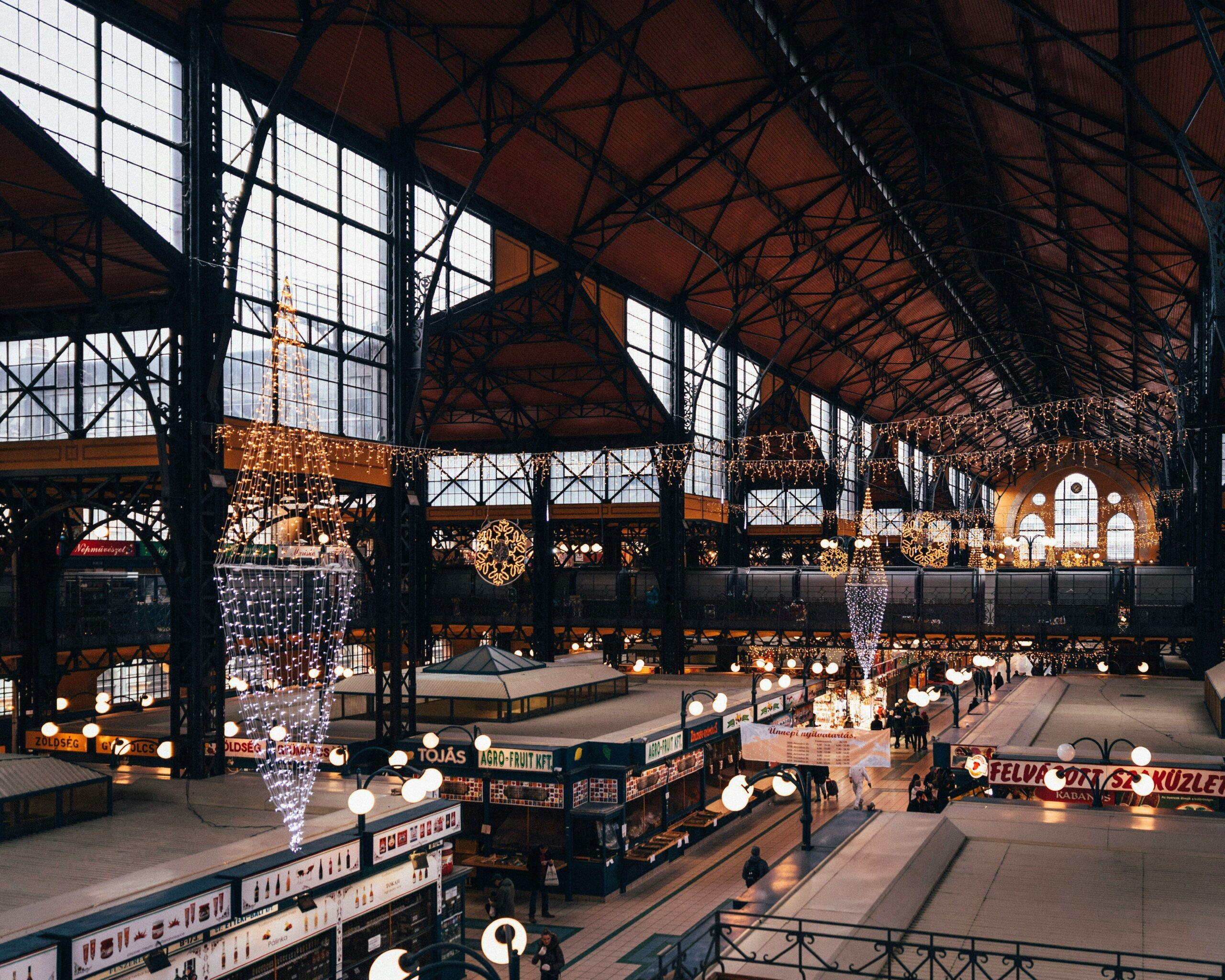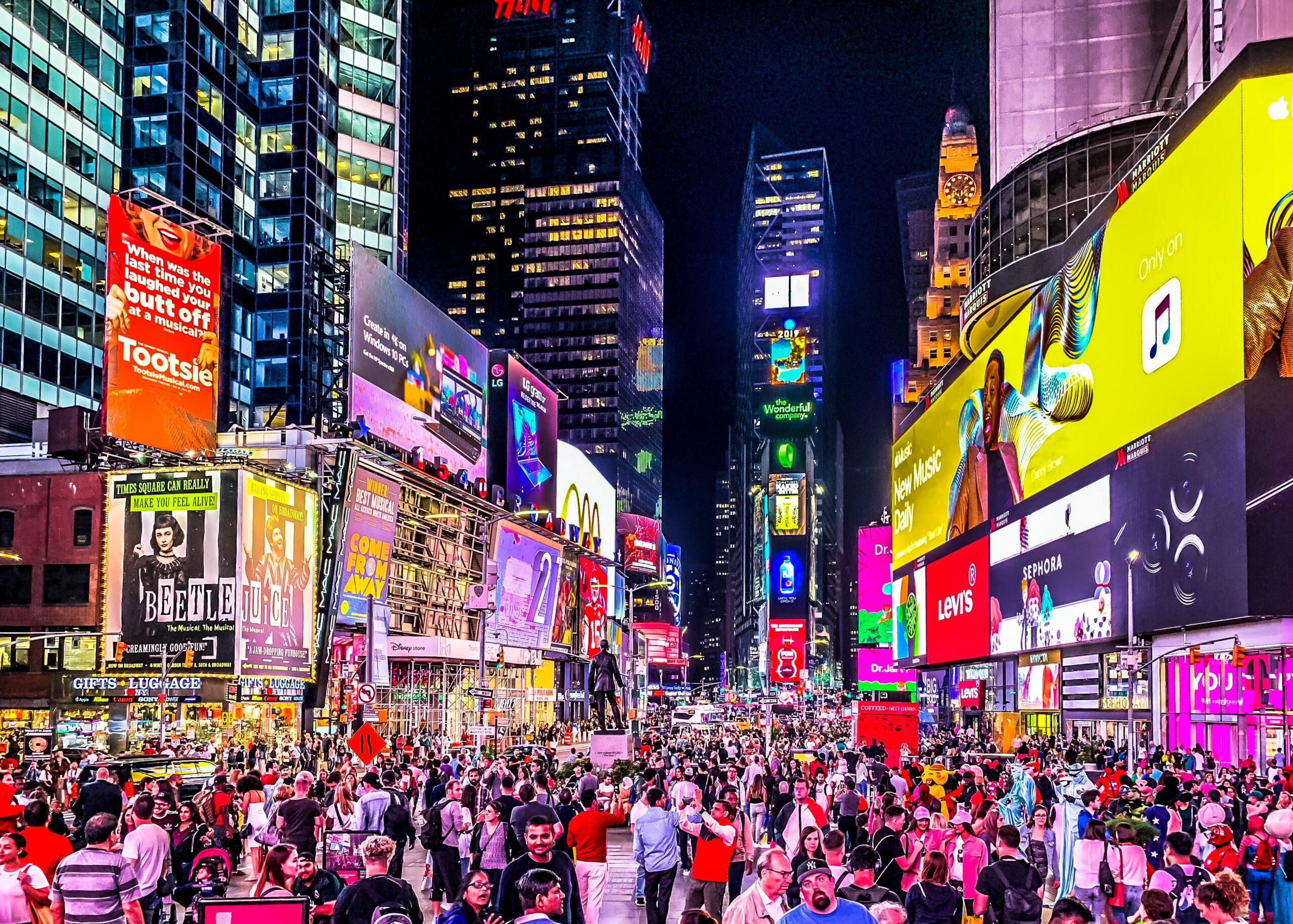
French New York: Chef Daniel Eddy’s pocket of Paris in the Bowery
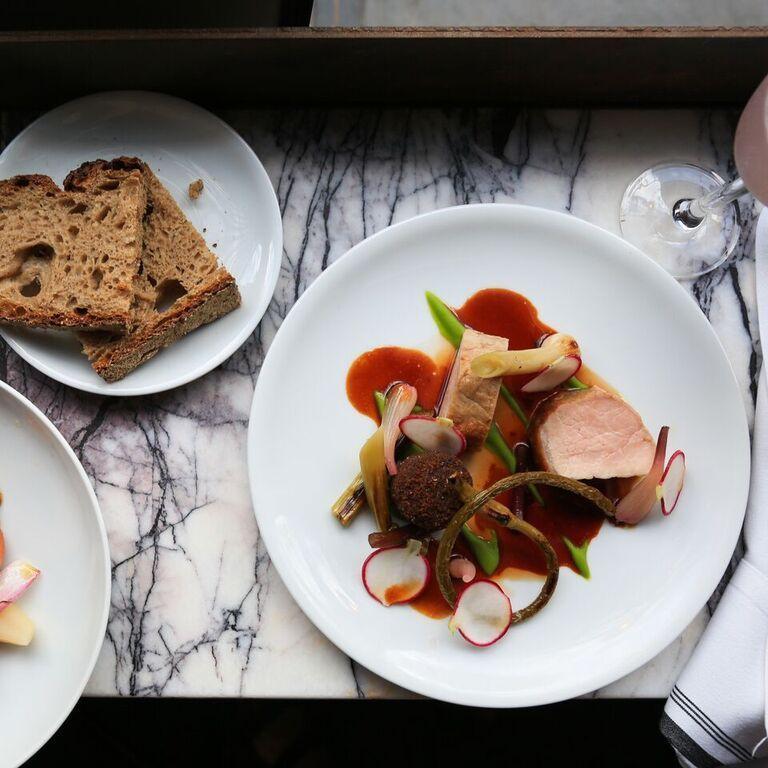
Katie Burton

Springtime is when New York City unravels from its icy shell; tulips peak out their vibrant heads, grilled street meats waft tantalizing scents in every direction, and a potpourri of tourists migrate here like sweet-singing birds, chirping in all sorts of languages. One of the most common species of a foreigner in New York is from a nation that was America’s first ally and remains a strong source of influence to this day: la France.
If American interest in France’s election is just a small indication of our connection, there is a strong historical and cosmic exchange between the two countries. Just look at our two major cities, New York and Paris. Look at the expat movement, where Paris became an artistic new home to young Americans of the Lost Generation, disgruntled by the impact of World War I. Look at the iconic work of Parisian artist Vahram Muratyan, whose obsession with New York sparked a beautiful collection of illustrations. North America was another land of opportunity for the French, who had fled across the Atlantic seeking religious freedom as early as the 1500s. We have both been heroes of monumental triumphs and victims of heart-piercing tragedies. Our connection continues to grow over the fields of politics, education, business and more. But the best way to see the massive French influence in New York is in its food.
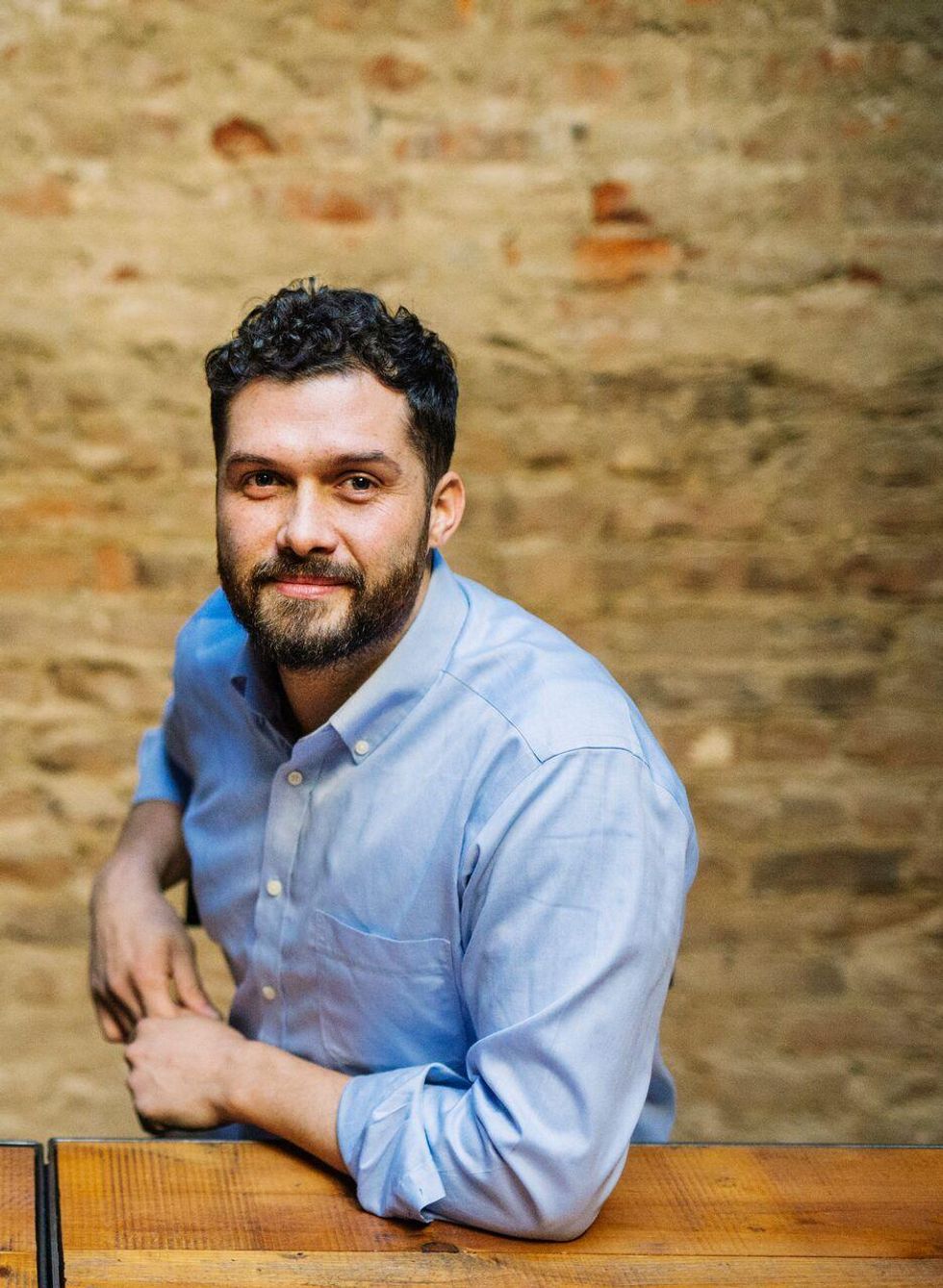 Chef Daniel Eddy Daniel Krieger
Chef Daniel Eddy Daniel Krieger
Meet Chef Daniel Eddy. The son of a Nicaraguan and an American, his logical career choice was to pursue French cuisine. Huh? Starting strong in the kitchens of Michael Psilakis, a chance opportunity to cook for a visiting French chef sparked his decision to go to Paris. There, he was transformed by the markets, by the lifestyle, and by the French cooking philosophy, which he brought back home to New York after three years. He opened up Rebelle in 2015, a nouveau French, frou-frou-less kitchen right in a neighborhood that you’d never expect: the Bowery. Chef Eddy is full of surprises.
Rebelle is a beloved space for both Americans and French alike, offering a refreshing reboot of classic French dishes infused with visual American flare. In anticipation of the opening of his new restaurant in Philadelphia, Chef chatted with us about his love of dichotomies in food and culture, his choice to abandon the roux, and how Paris is touching New York, neighborhood by neighborhood.
[Editor’s note: This interview has been edited for length and clarity]
What exactly drew you to French food and Paris?
I guess what drew me initially to French food was travel. When I first started cooking in New York City, I was working with Michael Psilakis at his first restaurant. One day, Alain Ducasse came in. I had no idea who Alain Ducasse was at this point in time, but my chef did, obviously, and he was freaking out and very animated. The following year, we had opened up a second restaurant and Alain Ducasse came back in. Again, my chef was freaking out: “Alain Ducasse is back in the restaurant!” I still had no idea who this guy, Ducasse, was. Anyway, I was asked for two dishes off the station I was working on, so I put up two dishes, and he looks at me and says, “They better be the best dishes you’ve ever cooked.”
I thought, once I’m done working with Mike, I’d love to go work with Alain Ducasse. I finally did my research and found out who he was, realized that he had a restaurant in Paris, then said, “Well, I better go to Paris.” I didn’t speak any French, I didn’t know where I was going to live, I didn’t know where I was going to work. I just kind of packed my bags, got on a plane, and would just figure it out when I got there.
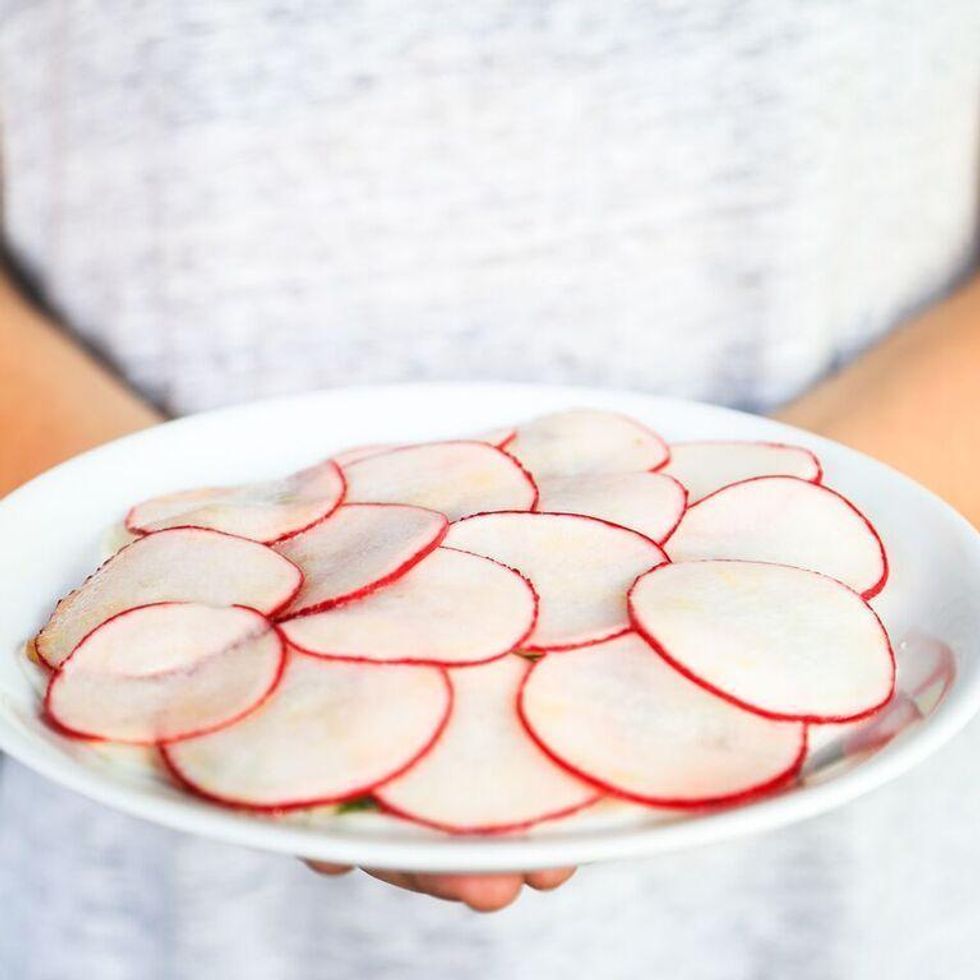 Katie Burton
Katie Burton
When you got established in Paris, did you notice any big differences between American and French kitchens and chefs?
I think culturally, what I realized was there was more balance in France, especially between work and life. For the first four years that I cooked, I worked six, more often than not, seven days a week and the restaurants were running every moment of the day. Then I got to Paris, where restaurants close for two days a week, and there was a balance of life that I found incredible; it was just so foreign to me. I think that tied into a lot of people’s approach of life and food—laissez-faire—and that balance helps keep things a little bit more in line.
Did you know anything about French food before arriving in Paris?
No, this was my first time working in a French restaurant. I learned some French techniques along the way like how to make some sauces and how to make a roux, very standard, basic stuff. But I never dove into the actual culinary history.
Did you find a particular French dish that inspired you?
I can’t say that it was a specific dish, but it was the markets, the bakeries, and the vegetable stands. Just the way that the city is structured, you never went to a supermarket; you went to your vegetable vendor, you went to your meat vendor, you went to your fish vendor. Then you looked at [your ingredients] as individual entities and brought them all back together to create something. When I went to a cheese shop, I knew that’s what their specialty was. You could go there and get so much information; just the level of education that there was about food overall was incredible. The fact that you were walking by the stand and they were cutting melons and giving out cherries for you to taste, to see the product before purchasing as a way to entice you. It was a much more engaging exchange in the culture between the food, the vendors, and the buyers.
Do you find a difference now between the markets in Paris and where you get your food today for Rebelle in New York?
No, because I’ve worked hard to continue to build relationships here and marry that with what I experienced over there. I’m at the farmer’s market four days a week and I have friends who have farms in Martha’s Vineyard where I usually will try and get a whole pig or lamb. I’ve done what I can do to make sure that I keep contact with the fishermen, with the people who are raising the animals, to try and create a more connected environment.
Besides the food, did you apply those other aspects of French culture to your personal life as well?
One of the things I learned for the first time in Paris was the importance of having two days off consecutively. While I can’t say I’ve ever had that for myself since opening the restaurant, I’ve definitely implemented that on all of my staff. It’s important for everyone to take two days off to just step away, to have a break from it all before returning. I want to be able to offer more of a balance of life.
Aside from [French] restaurants being closed two days a week, [they’re] also closed for a month of the year—two weeks in August and two weeks in February. I try my best to make sure that I can offer people that opportunity to do something else so they can come back inspired by something that they’ve experienced, and can bring that inspiration to the kitchen and to the food.
What I’ve tried to create since the beginning is allowing staff to feel empowered, to take the initiative upon themselves to create a dish and then see that dish come to the menu. It’s not like, “I’m the chef, I write the dishes, and that’s it.” I want to allow them to use that as a place to explore and find their own creative voice.
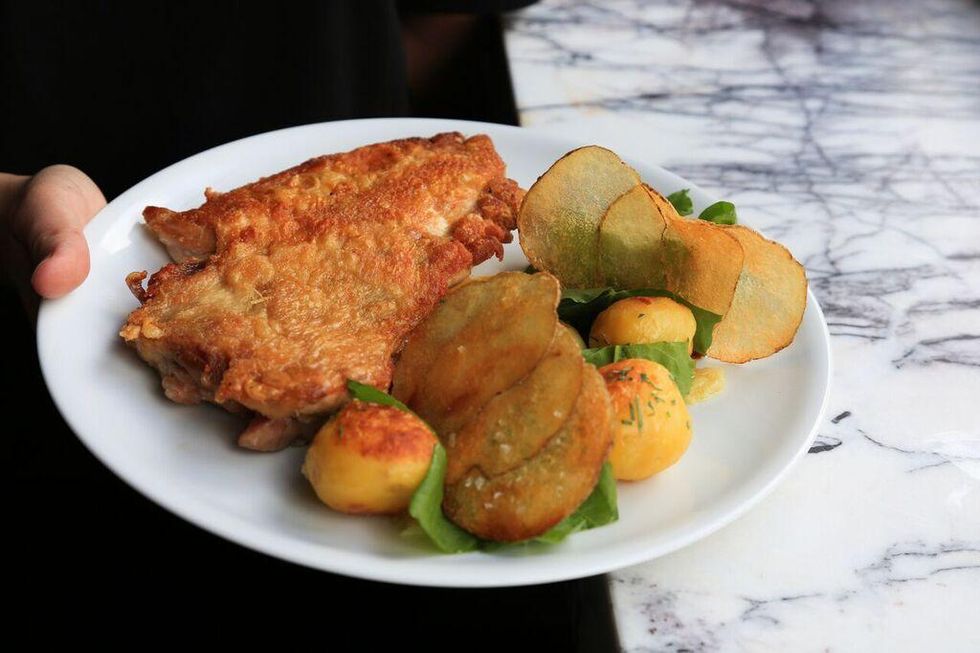 Katie Burton
Katie Burton
After three years in Paris, what was the moment you knew you needed to come back to New York?
It was a few things. I always had a timeline in my mind of when I wanted to open up a restaurant. When I first started cooking, I told myself that my 20s were going to be dedicated just to learning and to working for others. When I hit 30, that’s when I would try to pursue opening up a restaurant on my own. It just sort of all came together.
But you didn’t lose that French spirit. What were you looking for in the location of Rebelle? What was in the Bowery that was ripe for your restaurant?
When I first walked into the space, I hated it. I said, “It’s way too big, this is ridiculous.” Going from a 44-seat restaurant to look at a place that’s 120 seats can also be a bit daunting. But as somebody who grew up in New York City, I remember going down to the Lower East Side as a kid in high school, and one of the things I’ve loved about New York City is the dichotomy, the difference in cultures: how you can have something exist in a place that seems like it should never be there. That was something I also witnessed in Paris, people opening up restaurants in offbeat neighborhoods that seemed to bring a new life.
{% if 4406306 in post.sections %} {% if post.layout_name==’GeistM total blank’ %} {% if post.layout_name==’GeistM Foreign’ %} {% if post.layout_name==’GeistM no top ad all devices’ %} {% else %} {% else %}
{% endif %} {% endif %} {% endif %} {% endif %}The Bowery always had this historical backstory of flophouses, of being a place where the down and out lived. To go down there and put a restaurant—a French restaurant—was something I thought would create an interesting dialogue. Not only that, but because I think New York City has a really narrow mind on what it expects a French restaurant to be. I always thought there were two types of French restaurants: it was the Daniels and Per Se or it was the Benoit and the Balthazar. But what I came to love while living in Paris was that middle ground: a place that felt as casual as Balthazar but had all of the energy and creative, culinary point of view as Daniel or Per Se. To have that, I thought it would be much more impactful in a neighborhood like the Bowery versus a place like Gramercy, where it’s kind of already there.
I’ve been seeing a ton of coverage on the awakening of French restaurants in Harlem as well, which is another unexpected neighborhood.
Yeah, it’s funny because I grew up in East Harlem. East Harlem was obviously very different from West Harlem with the breakdown of different cultures that lived there. East Harlem many know as Spanish Harlem, with Puerto Rican and Mexican as the major strongholds of culture there. West Harlem has more African American culture. I grew up almost all my life bouncing in between both neighborhoods. Harlem had its deep roots to jazz and jazz had its deep roots to France, so it makes sense that that’s coming to life now.
How do French and Americans react differently to your food?
From what I have experienced, a lot of the French who have come in recognize more of the historical background of some of the food. I’ve never wanted to impose the food onto the guests; I want them just to experience it as part of the whole environment. It’s not a matter of tons of stories about the inspiration of the dish; it’s just, make something that’s solid and delicious and leave it up to them to enjoy. But I have had many comments from French guests who see the connections to the historical dishes, while Americans who don’t necessarily know the language or the history of certain French dishes think, “that’s clever,” or “that’s really tasty.”
Which elements of French cuisine are most prominent in your dishes and which have you left behind?
I like cooking in a much lighter fashion. We almost never make a roux. I wanted to get away from the association that French food needs to be weighted. It’s because of a lot of those types of sauces that were used over and over again for such a long period of time. But if you look at Nouvelle Cuisine, you’ll find a lot of the chefs were trying to go away from those classic sauces to get much lighter fare, which I think is much more approachable and current. People are trying to eat lighter and healthier, and there are ways to achieve that while still paying homage to the classic French cuisine. It’s just taking a slightly different perspective.
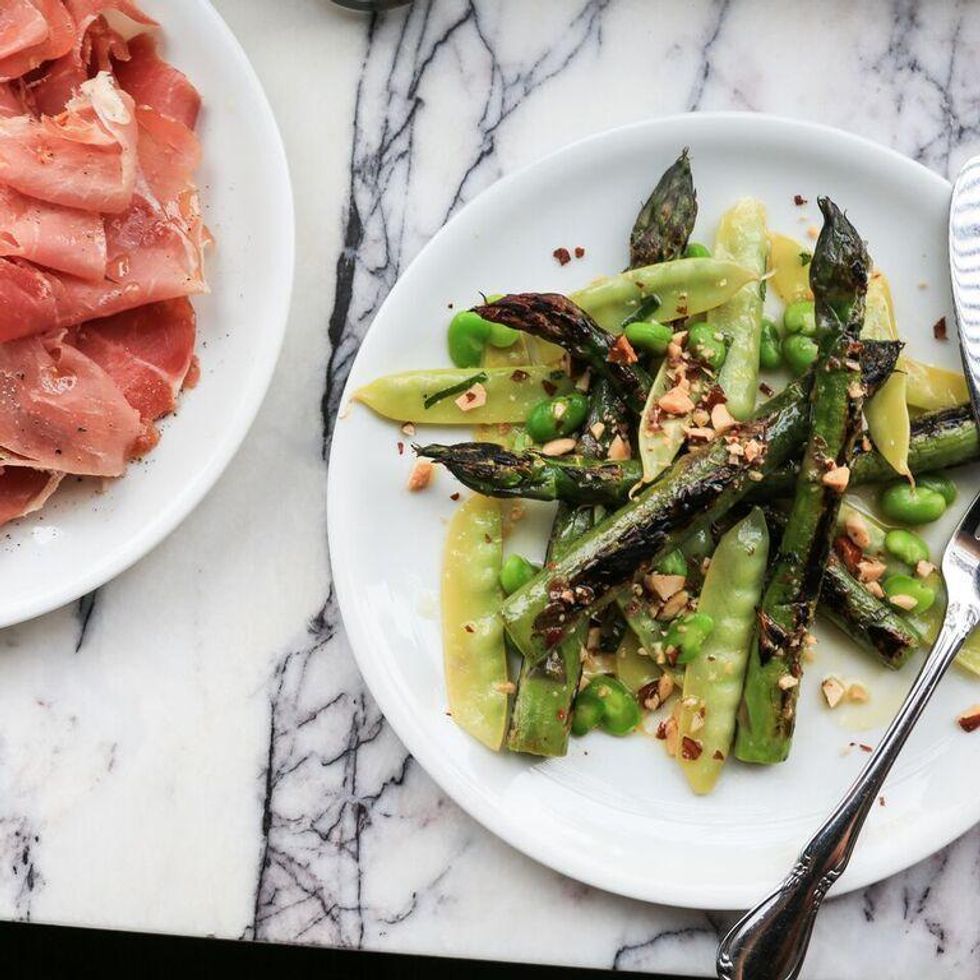 Katie Burton
Katie Burton
Is there one element that makes the perfect dish?
Brightness. I think everything, whether it’s a meat or a fish or a vegetable has to have an element of brightness to it. That brightness changes from dish to dish; it could be acidity, it could be a spice, but it always allows things to shine.
American cooking is meat-focused and vegetables play less of a role, while the French have a different perspective on vegetables. How do you convince Americans that vegetables can be the stars of a dish?
I grew up vegetarian from when I was about six years old until I was maybe twelve or thirteen. Occasionally my mom would cook fish, but 90% of my meals were vegetable-oriented. It wasn’t until I turned thirteen that I got a little side job, made some money, and was able to go buy a burger at McDonald’s. But I love vegetables. I love the colors, the textures, and all you can do with them. If you begin to look at them as a hurdle, as something to learn from and dive into, you can make a lot of wonderful recipes with them.
When I go out to eat, I want to get up from the table feeling rejuvenated. It’s the difference between eating a gigantic salad or a 12-ounce piece of red meat. Both will make you feel full, but one’s going to make you feel rejuvenated and one’s going to make you feel weighted. The balance between them is important.
When we’re creating a fish dish, there’s almost always vegetables involved. The discussion is much more about the preparation of the vegetables than it is about the preparation of the fish. The fish—either you’re going to sear it, poach it, or roast it—whatever it is, you have limited options. But what you can do with everything else needs to be thoughtful so it complements and unifies the dish in its entirety.
I think that one of the things that I really enjoyed about Alain Passard‘s cookbooks and his philosophies was also looking at the colors to play with. He’s such a visual chef. I love the idea of having color being a driving force behind the food. You don’t even have to think about flavors, you could just think about colors. This looks like a great composition; how do I tweak it so the flavors are unified?
I think chefs have to have an artistic gene in them, as food is such a multisensory experience. How does art play into your dishes?
I love the idea of being able to play with colors and create something that’s captivating, that has layers and depth and isn’t quite the same painting that’s been painted. A duck confit for the most part, will always look like a duck confit, so there isn’t much of a visual perspective. But if you begin to play with things, it can have a different appeal, a different voice, and a unique point of view. It’s like taking an idea of what the preconceived notions are, but thinking perhaps if you break it all down and play with each element as a different color, you then create something that looks very different, but the flavors still come together as something very recognizable.
What’s the next frontier for Rebelle and for you?
Right now, we’re in the process of opening up a restaurant in Philadelphia in June, so that’s going to be my next expansion. As for Rebelle itself, I’ve been really considering what we can do to grow; how can we take the next step, how else can we use the space in a different fashion so we can create more contrast? We’ve been discussing implementing a tasting menu, which we’ve done at the Chef’s Counter, but doing something that’s a little bit more global. Maybe doing four or five courses for a lower price, much more in the spirit of Chateaubriand or Septime, which allows a lot of creativity to be offered. I think the problem here in New York is that we’ve realized (and by we I think the city in general), that it’s very hard to run a tasting menu-only restaurant, especially one that’s more than what a Chef’s Counter would be.
The reason Brooklyn Fare and Momofuku Ko are only 16 seats is because their demand isn’t necessarily out there to seat 120 people every night. Chateaubriand was able to do that. They would do 180 covers on a Friday night and Saturday night, and that was because the culture was much more open to that. New York, I don’t think we’ve gotten to that point just yet. But the idea is to offer that at Rebelle while still giving an à la carte, and perhaps creating more of a contrast between those two. Maybe by pivoting the cuisine slightly more traditional. While you’re having your Steak Frites, the table next to you is having a four- or five-course menu. I don’t think there are many places you can go in New York City like that. New York City’s not a place where you can stay stagnant. You have to be evolving, and I think that’s an important source of the energy of a restaurant.
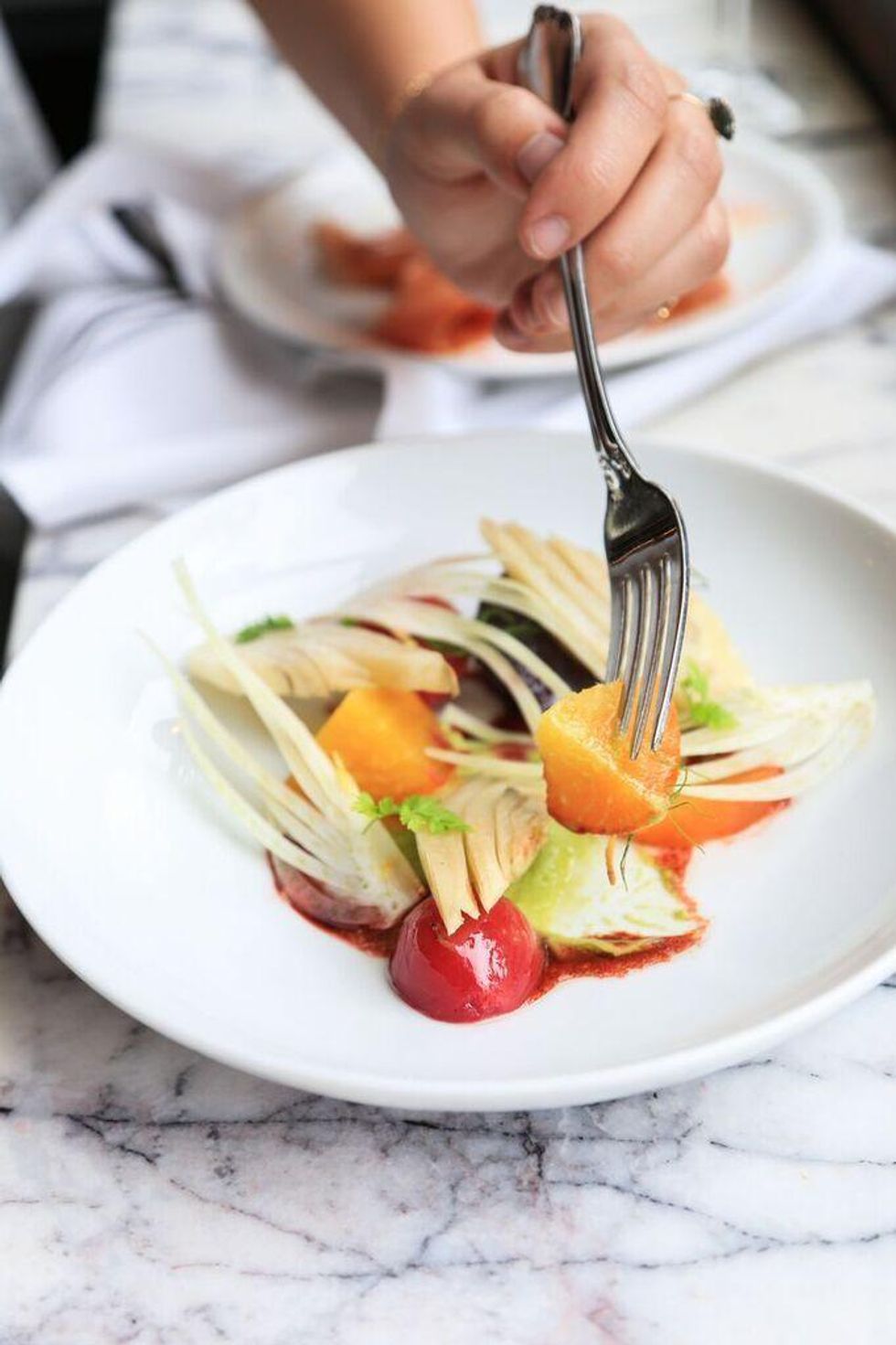 Katie Burton
Katie Burton
You said New Yorkers have a long way to come before accepting a tasting menu culture. But do you think that French culture is well-represented in New York?
I think that there are so many big steps that have already been made. That’s defiitely occurring. I see it occurring in pockets, not so much across New York City, but neighborhood by neighborhood. Like we said, there’s places like Harlem or the Lower East Side, or parts of Brooklyn where communities are coming together. I think that as these pockets grow, so will the conversation. And as that conversation grows, so will understanding, and with understanding, there’s usually acceptance, especially in a city like New York.
Do you think Americans are growing more interest in France?
I think it’s drawing interest, and I also see that when I was living in Paris there was a large expat community out there. Living here in New York City, there was a large French expat community here. There’s always been this sort of love/hate relationship between the two cities; it goes back decades. It’s also much more present now because of all the access to information that we didn’t necessarily have so many years ago, with the rise of the Internet, with the rise of Instagram, and all the other media outlets. People feel much more connected. It’s easier to create those bonds, and as a result I think there is much more of an interest that has grown: a mutual interest. It’s a collaboration happening from both sides. Brooklyn Brewery opened up a brewery right outside of Paris. French chefs are coming here to New York to open up their outposts. There’s a lot of exchanging that’s going on right now. It’s because we’re finding similarities between the two cities; they’ve always been there, but now they’re a little bit more present.
